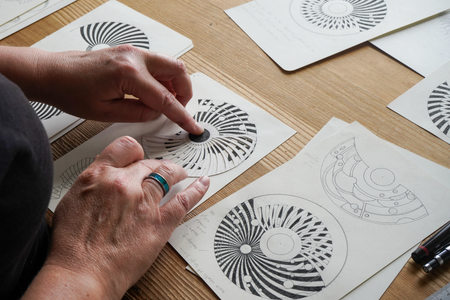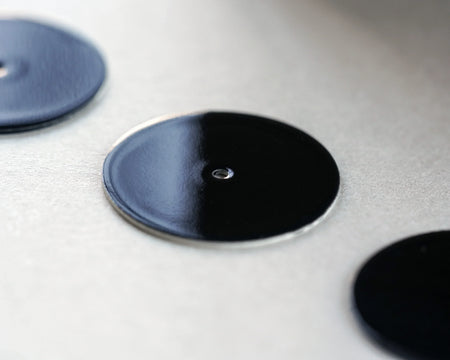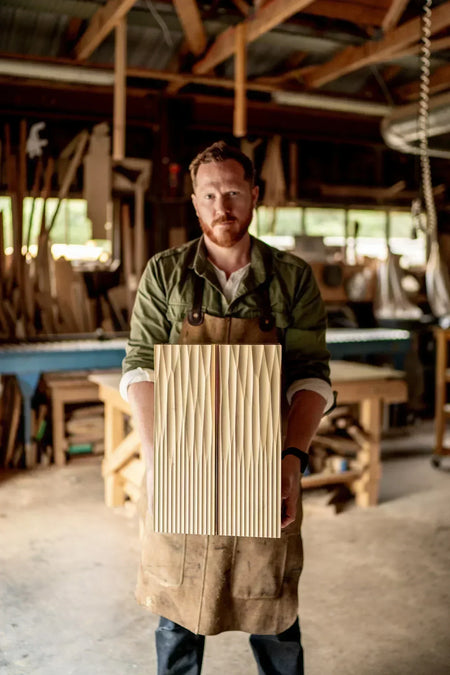We initially looked into laser engraving but we felt that the finish, although very accurate, is too shallow and lacks the character you get with old engravings on vintage watches (which we later discovered was due to the use of mechanical engraving). A 2mm thick solid case back, like that of the Model 2, offers the chance to engrave much deeper.
Having acquired a machine engraver we began testing carbide and diamond tip drag engravers which produced some precise and elegant results. We felt that it lent itself well to handwritten engraving and really shone when light caught the surface.
Although this was an attractive finish we still felt that it wasn’t quite right and so continued to experiment with different tools and began exploring different depths. When engraving small details, machine tolerances, feeds and speeds are all important.
We tried to mill out details using 0.6mm end mills and cutting fluid but this often resulted in the shearing of tools. Whilst researching we noticed that a consistent legibility seemed to be achieved with crisp cut lines and a 0.2-0.4mm depth of cut. With the drag engravers only achieving a 0.1mm cut we moved to V-Shape cutters that would remove material more noticeably and cut to a depth instead of simply scoring.
With a 0.2mm cut successfully achieved we began to design jigs that would hold the watch case securely in place during each cut. Having access to 3D printing facilities on site meant that we could easily customise each jig to fit specific models and clamping equipment. We have now standardised alignment to ensure a consistent finish and quality.





